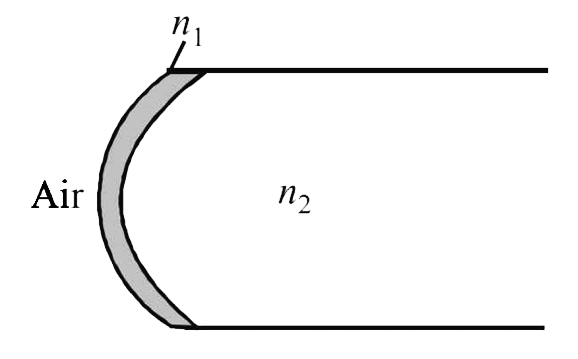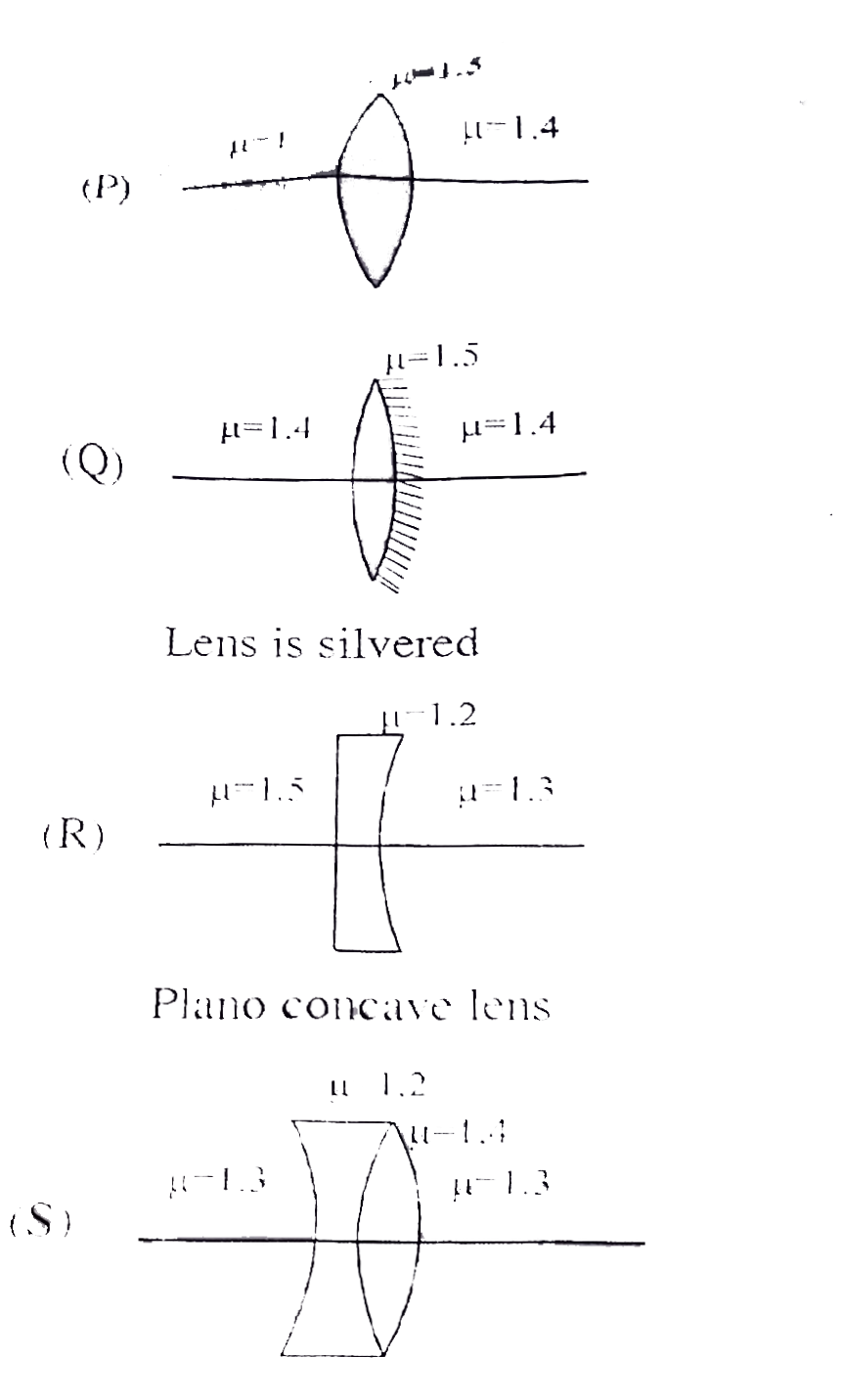Penile urethra traverses through
Corpors caveronoss
Corpus spongiosum
Corpus callosum.
Corpus striatum.
The correct Answer is:B
Step-by-Step Solution:
1. Understanding the Structure of the Penis:
- The penis consists of three main erectile tissues: two corpora cavernosa and one corpus spongiosum.
2. Identifying the Urethra's Path:
- The penile urethra is the tube that carries urine and semen out of the body through the penis.
3. Locating the Corpus Spongiosum:
- The corpus spongiosum surrounds the penile urethra and is located along the underside of the penis.
4. Differentiating Between the Corpora:
- The two corpora cavernosa are located on the dorsal side of the penis and are primarily involved in erection.
- The corpus spongiosum, on the other hand, is softer and surrounds the urethra, preventing it from collapsing during erection.
5. Conclusion:
- Since the penile urethra traverses through the corpus spongiosum, the correct answer is option B: Corpus Spongiosum.
Final Answer:
- The penile urethra traverses through Corpus Spongiosum (Option B).
---
- The penis consists of three main erectile tissues: two corpora cavernosa and one corpus spongiosum.
- The penile urethra is the tube that carries urine and semen out of the body through the penis.
- The corpus spongiosum surrounds the penile urethra and is located along the underside of the penis.
- The two corpora cavernosa are located on the dorsal side of the penis and are primarily involved in erection.
- The corpus spongiosum, on the other hand, is softer and surrounds the urethra, preventing it from collapsing during erection.
- Since the penile urethra traverses through the corpus spongiosum, the correct answer is option B: Corpus Spongiosum.
- The penile urethra traverses through Corpus Spongiosum (Option B).
Topper's Solved these Questions
Similar Questions
Penile urethra in males traverses through
View SolutionA transparent thin film of uniform thickness and refractive index n1=1.4 is coated on the convex spherical surface of radius R at one end of a long solid glass cylinder of refractive index n2=1.5, as shown in the figure. Rays of light parallel to the axis of the cylinder traversing through the film from air to glass get focused at distance f1 from the film, while rays of light traversing from glass to air get focused at distance f2 from the film, Then
 View Solution
View SolutionList-I gives different lens configurations. The radius of curvature of each surface is R. Rays of light parallel to the axis of lens from left of lens traversing through the lens get focused at distance f from the lens. List-II gives corresponding values of magnitudes of f (mu represent refractive index):-
 View Solution
View SolutionAssertion: A projectile that traverses a parabolic path show deviation from its idealised trajectory in the presence of air resistance.
Reason: Air resistance affect the motion of the projectile.View SolutionA : The male urethra is longer than the female urethra
R : It carries both urine as well as semenView SolutionThe epithelia present in prostatic urethra and penile urethra respectively
View SolutionWhich gland secretes alkaline mucus in urethra to neutralise the acidity of urine?
View SolutionA car , starting from rest, accelerates at the rate f through a distance S then continues at constant speed for time t and then decelerates at the rate f2 to come to rest . If the total distance traversed is 15S , then
View SolutionA ray of light strikes a cubical slab surrounded by air as shown in the figure. Then the geometrical path length traversed by the light in the slab will be:
_E01_062_Q01.png) View Solution
View SolutionA glass slab of thickness 4cm contains the same number of waves as 5cm of water, when both are traversed by the same monochromatic light. If the refractive index of water is 4/3, then refractive index of glass is
View Solution

